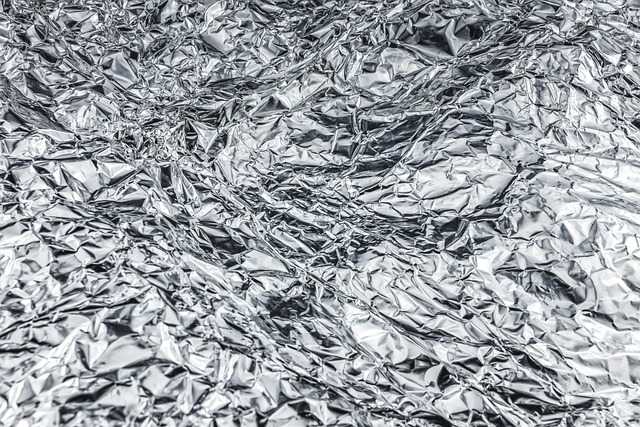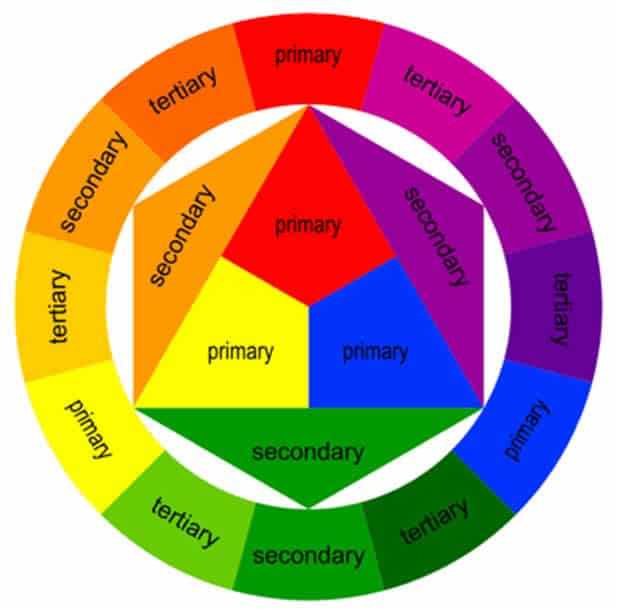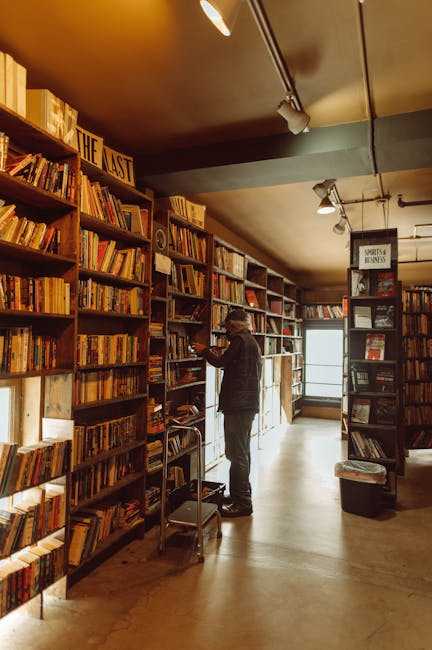Table of Contents
- Exploring the New Frontiers of Modern Art
- Innovative Materials and Their Role in Modern Art
- Color Theory Evolutions in Contemporary Creations
- The Intersection of Technology and Modern Art
- Curating Spaces: Displaying Modern Art in Meaningful Ways
- Q&A
- Closing Remarks
Exploring the New Frontiers of Modern Art
In the ever-evolving landscape of creativity, artists push boundaries, embrace ambiguity, and innovate ways to engage with audiences. This progressive movement has introduced marvelous techniques, blending technology with traditional practices. For instance, art installations today often incorporate digital elements, creating immersive experiences with virtual or augmented reality. These approaches let viewers interact with art like never before, removing barriers between observer and creation. Art becomes an encounter, where sensory exploration is not just encouraged but essential.
- Mixed Media Exploration: Combining textiles, electronics, and recyclable materials.
- Conceptual Art: Focus on ideas and concepts involving critical social commentary.
- Interactive Exhibits: Engage the audience directly for a personalized experience.
| Art Style | Defining Feature |
|---|---|
| Digital Art | Uses technology to create visuals |
| Street Art | Public, often conveys cultural or political messages |
| Biomorphic Forms | Organic shapes influenced by nature |
As artists venture into geographical and ideological frontiers, themes derived from global events permeate their work. Climate change, identity, and global migration are prominent among these, serving as inspiration for a new wave of activism expressed through art. This phenomenon is not confined to canvases. It spreads into urban spaces, with street murals and dynamic sculptures transforming cities worldwide. Ultimately, these acts of artistic expression illuminate the shared struggles and triumphs of communities, inviting us all to engage in a visual dialogue that transcends cultural boundaries.


Innovative Materials and Their Role in Modern Art
In the realm of contemporary creativity, innovative materials are reshaping the boundaries of artistic expression. Artists now utilize materials that not only challenge traditional techniques but also offer limitless opportunities for exploration. Resin, digital composites, and biodegradable plastics are just a few of the mediums sparking a revolution in how art is perceived and experienced. The fusion of technology with craftsmanship results in unique textures and forms that redefine what art can achieve.
- Resin: Its glass-like finish and versatility allow artists to experiment with transparency and depth.
- Digital Composites: These materials enable the blending of virtual and physical art, creating new interactions.
- Biodegradable Plastics: Emphasizing sustainability, they offer an eco-friendly alternative to traditional materials.
Moreover, these materials play a crucial role in widening the spectrum of expressive possibilities. The integration of smart textiles and interactive installations allows for art that evolves with its audience. Smart textiles, for example, can change colors or patterns in response to environmental conditions, adding a dynamic element to static pieces. Interactive installations harness sensors and electronics, offering a sensory experience that engages and immerses audiences, making the viewer an integral part of the artwork itself.
| Material | Characteristic | Impact |
|---|---|---|
| Resin | Versatile, glass-like finish | Enhances visual depth |
| Smart Textiles | Responsive, dynamic | Interactive audience experience |
| Biodegradable Plastics | Sustainable, eco-friendly | Promotes environmental awareness |
These cutting-edge materials are not only about aesthetics but also serve as a commentary on society’s evolving relationship with technology and nature. In this way, innovative materials in art are driving forces for dialogues on sustainability, interactivity, and new technologies, prompting audiences to reconsider their role and relationship with modern art itself. This new wave of creativity insists on an art that is as dynamic and adaptive as the world it seeks to interpret and inspire.


Color Theory Evolutions in Contemporary Creations
At the heart of modern artistic innovation is an ever-evolving understanding of how colors interact and influence perception. Artists today are redefining traditional palettes, exploring unexpected combinations that defy classic norms. With the advent of digital mediums, creators are breaking free from conventional forms, embracing vibrant hues that seamlessly blend into dynamic compositions. This trend highlights the versatility of modern tools, where software allows for real-time manipulation, resulting in paintings that transition from one emotion to another with fluid ease.
- Emergence of digital spectrum tools
- Experimentation with chemical reactions in paints
- Fusion of traditional and modern techniques
Contemporary artists are also turning to the natural world for inspiration, drawing from the intricate patterns and colors found in flora and fauna. This movement encourages a strong connection between the art and sustainable practices, promoting the use of eco-friendly materials to achieve a symbiotic relationship with the environment. By doing so, artists create works that are not only visually striking but also carry a deeper message of conservation and awareness.
The latest developments also pave the way for using artificial intelligence in color theory exploration. AI-driven algorithms can predict color harmonies that humans might overlook, pushing boundaries to create stunning new visuals. This fusion of human intuition and machine learning offers fresh perspectives, resulting in pieces that challenge and redefine our understanding of aesthetics. As such, artists are more equipped than ever to engage with audiences on a myriad of sensory levels, using color as a central theme.
| Technique | Description |
|---|---|
| Digital Blending | Combining digital colors for seamless transitions |
| AI Color Analysis | Using AI to predict harmonious color schemes |


The Intersection of Technology and Modern Art
- Reduced physical resource consumption
- Instant worldwide distribution
- Endless capacity for creative variations
| Element | Potential Use |
|---|---|
| Augmented Reality | Overlaying digital artworks in real-world environments |
| AI-Generated Art | Creating unique pieces using algorithms and machine learning |
| Blockchain | Ensuring originality and provenance through NFT artworks |


Curating Spaces: Displaying Modern Art in Meaningful Ways
Incorporating modern art into a space requires more than simply hanging pieces on a wall. The key is to ensure that each work tells a story and complements its surroundings. By carefully considering how to integrate contemporary artwork into a space, you can create a setting that resonates deeply with viewers. Lighting is crucial; it not only highlights the artwork but can also shape mood and atmosphere. Utilize adjustable spotlights or track lighting to amplify textures and colors, enhancing the visual experience without overshadowing the art.
- Layer with Texture: Introduce diverse materials like smooth glass or rugged textiles to complement or contrast with the art.
- Interactive Displays: Encourage engagement by incorporating elements that can be touched or manipulated safely, adding another dimension to the appreciation of art.
- Natural Elements: Using plants or water features can provide a tranquil backdrop, bringing a balance to bold artwork, making it an integral component of the environment.
An effective way to arrange and display modern art is to play with scale and symmetry. Pair large pieces with smaller works to create visual harmony and intrigue. Consider the room’s color palette when selecting art; cohesive tones can create unity, while bold contrasts can generate excitement. Additionally, explore innovative wall arrangements. Instead of traditional horizontal or vertical alignments, experiment with tilted or overlapping placements, drawing the viewer’s eye around the space, fostering a dynamic visual flow.
